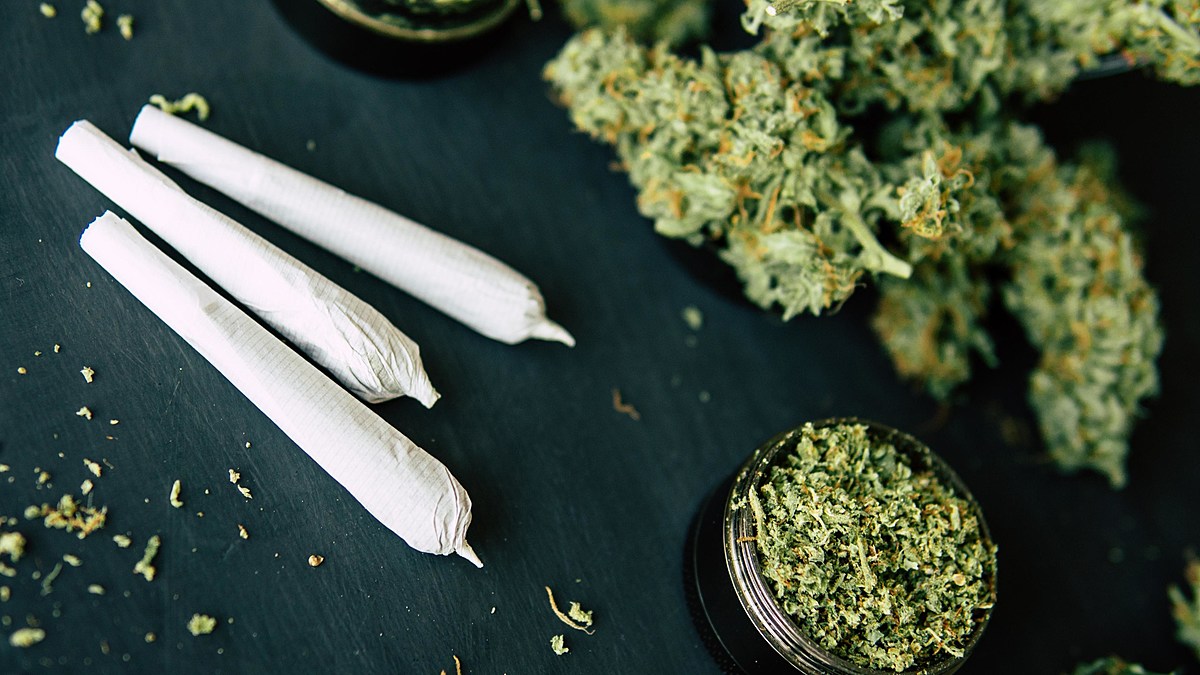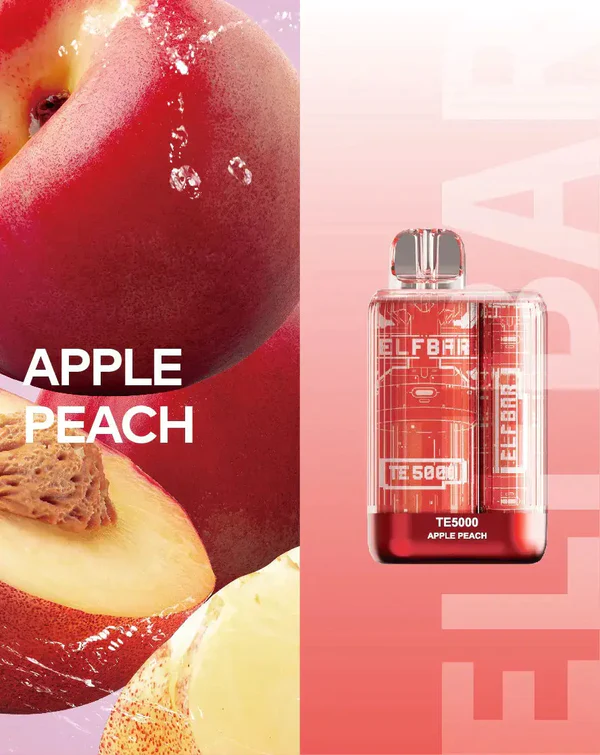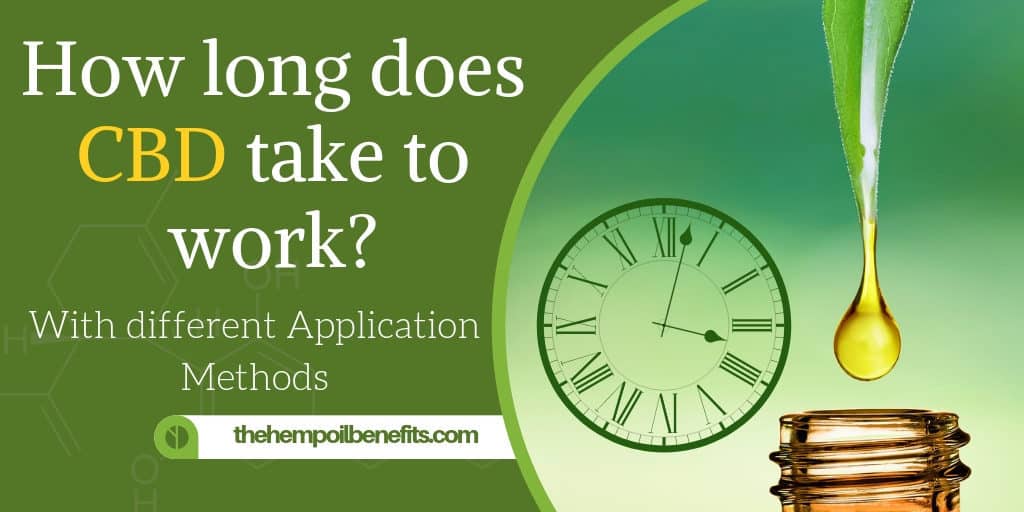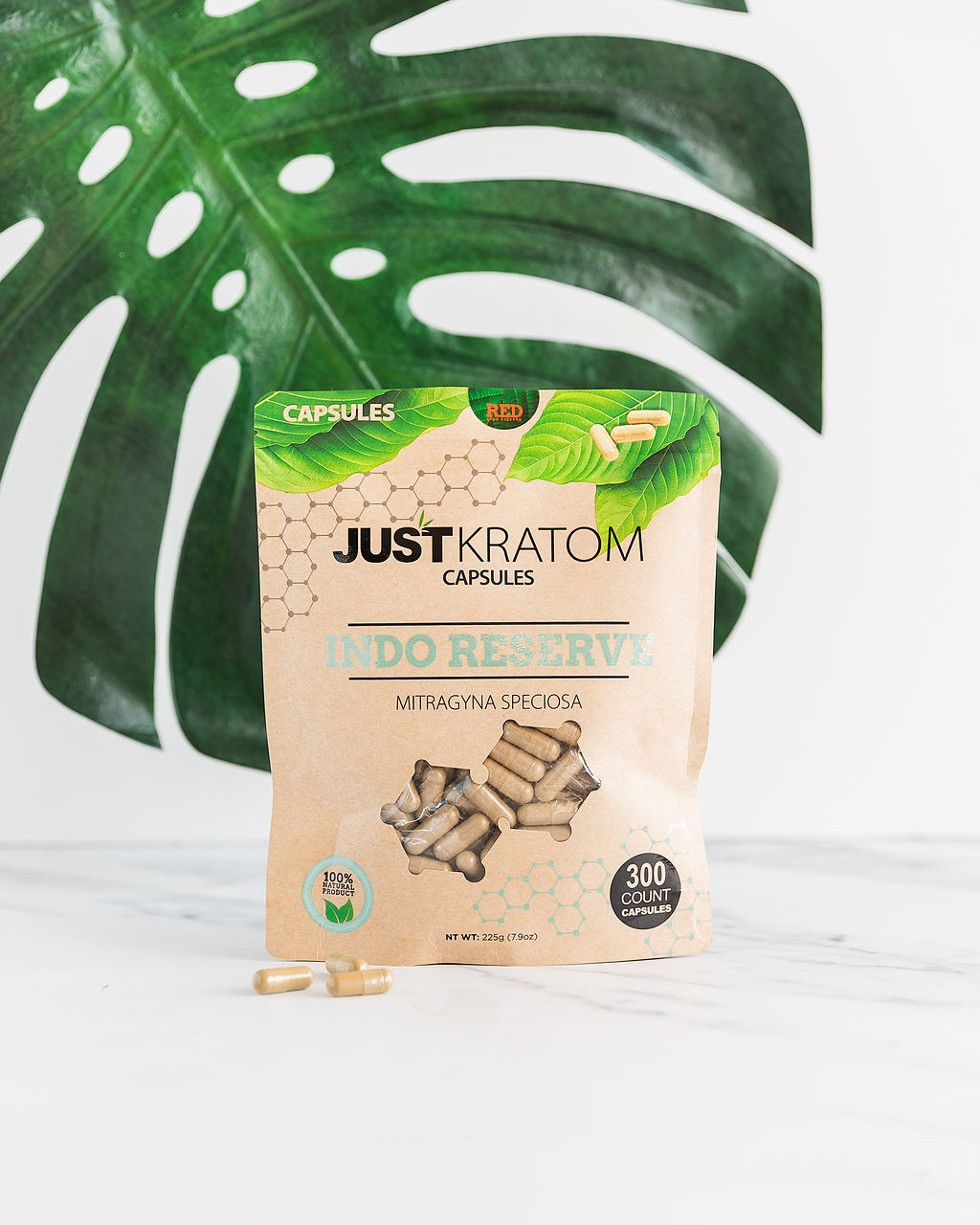Introduction
CBD (cannabidiol) has gained significant popularity in recent years for its potential health benefits. However, many people wonder whether CBD smells like weed, given its association with the cannabis plant. In this comprehensive guide, we will explore the scent profile of CBD, factors that contribute to its aroma, differences between CBD and cannabis odors, and methods to minimize or enhance the fragrance of CBD products.
Understanding the Scent of CBD
- The Aromatic Compounds in Cannabis – Discuss the various compounds present in cannabis, including terpenes, which contribute to its distinct smell.
- CBD-Specific Aromas – Describe the typical scent of CBD, which can vary depending on the extraction method, strain, and other factors.
Factors Influencing CBD’s Odor
- Extraction Methods – Explain how different extraction methods, such as CO2 extraction or solvent-based extraction, can affect the aroma of CBD products.
- Terpene Profile – Discuss how the terpene profile of a particular CBD product can influence its scent and potential similarities to the aroma of cannabis.
- Source Material – Explore how the source material, such as hemp or marijuana, can contribute to the fragrance of CBD products.
Differentiating CBD from Cannabis
- THC Content – Explain the key difference between CBD and cannabis in terms of THC content, as THC is responsible for the strong, distinct odor commonly associated with cannabis.
- Legal Requirements – Highlight the importance of adhering to legal requirements regarding THC content in CBD products to ensure compliance and consumer safety.
Minimizing the Scent of CBD
- CBD Isolate – Discuss how using CBD isolate, which contains pure CBD without other cannabis compounds, can minimize the scent associated with CBD products.
- Flavoring and Essential Oils – Explore how adding natural flavorings or essential oils can mask or enhance the scent of CBD products.
Enhancing the Scent of CBD
- Terpene Blends – Explain how the addition of specific terpene blends can enhance the fragrance of CBD products, offering a more pleasant and enjoyable experience.
- Aromatherapy Benefits – Discuss how certain aromatic terpenes can provide additional aromatherapy benefits, such as promoting relaxation or boosting mood.
CBD Delivery Methods and Scent
- Inhalation Methods – Explain how vaping or smoking CBD can result in a more pronounced scent compared to other delivery methods.
- Topical Application – Discuss how topical CBD products, such as creams or lotions, may have minimal scent due to the absence of direct inhalation.
Consumer Experiences and Perception
- Individual Sensitivity – Acknowledge that scent perception can vary among individuals, and some may be more sensitive to the aroma of CBD products.
- Personal Preferences – Emphasize the importance of personal preference when it comes to choosing CBD products, including considering the scent that aligns with individual preferences.
Conclusion
Summarize the key points discussed in the guide, highlighting that while CBD may have a distinct scent, it is different from the strong, pungent odor associated with cannabis. The scent of CBD can vary based on factors such as extraction methods, terpene profiles, and source materials. Additionally, there are methods to minimize or enhance the fragrance of CBD products, allowing individuals to choose products that align with their preferences and desired experiences.
Closing Note:
CBD does have a scent, but it is not necessarily identical to the odor of cannabis. Understanding the factors that contribute to the aroma of CBD products can help individuals make informed decisions and choose products that suit their preferences. Whether seeking
aromatherapy benefits, looking for a discreet option, or simply exploring different scent profiles, the wide range of CBD products available on the market can cater to various needs and preferences. Remember to read product descriptions, check customer reviews, and consider personal sensitivities and preferences when selecting CBD products.
It’s important to note that while CBD products may have a scent, they do not produce the psychoactive effects associated with cannabis due to their low or non-existent THC content. This makes CBD an appealing option for those seeking the potential therapeutic benefits of cannabis without the intoxicating effects.
In conclusion, the scent of CBD can vary depending on various factors such as extraction methods, terpene profiles, and source materials. While there may be some similarities between the aroma of CBD and cannabis, CBD products generally have a milder and more nuanced scent. Consumers have the option to choose CBD products with different fragrance profiles, and there are methods to minimize or enhance the scent based on personal preferences. Whether you prefer a subtle aroma or a more pronounced fragrance, the diverse range of CBD products allows you to find an option that suits your needs and enhances your overall CBD experience.
Remember to always research and purchase CBD products from reputable brands that provide transparent information about their sourcing, extraction methods, and third-party lab testing. By doing so, you can ensure you are getting high-quality CBD products that are safe, effective, and aligned with your scent preferences.
- A Comprehensive Guide to Crafting a CBD Elderberry Smoothie - November 4, 2023
- Cordyceps Functional Mushrooms: A Comprehensive Guide to Their Benefits - November 4, 2023
- Chaga Functional Mushrooms: A Comprehensive Guide to Their Benefits - November 4, 2023





